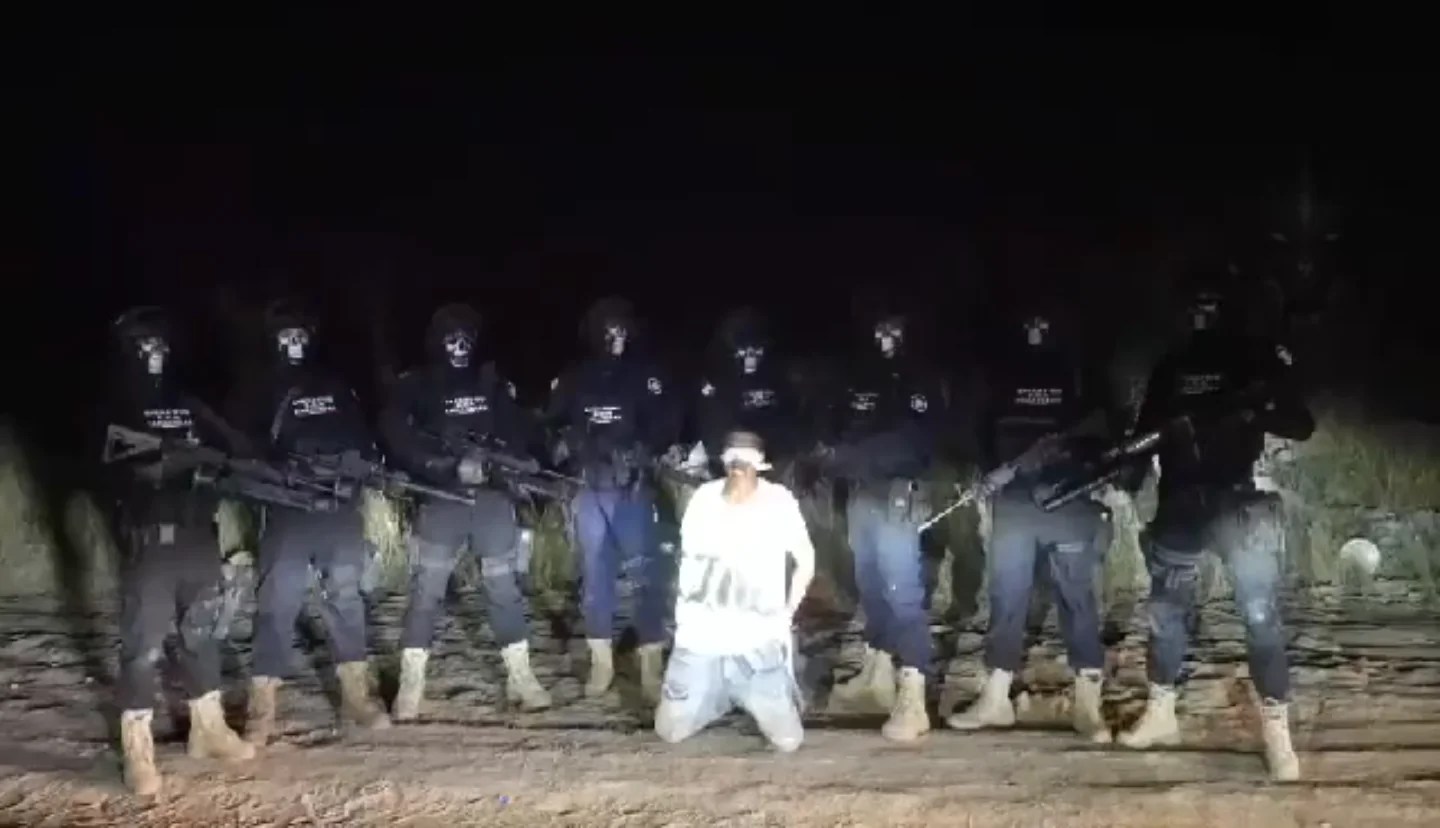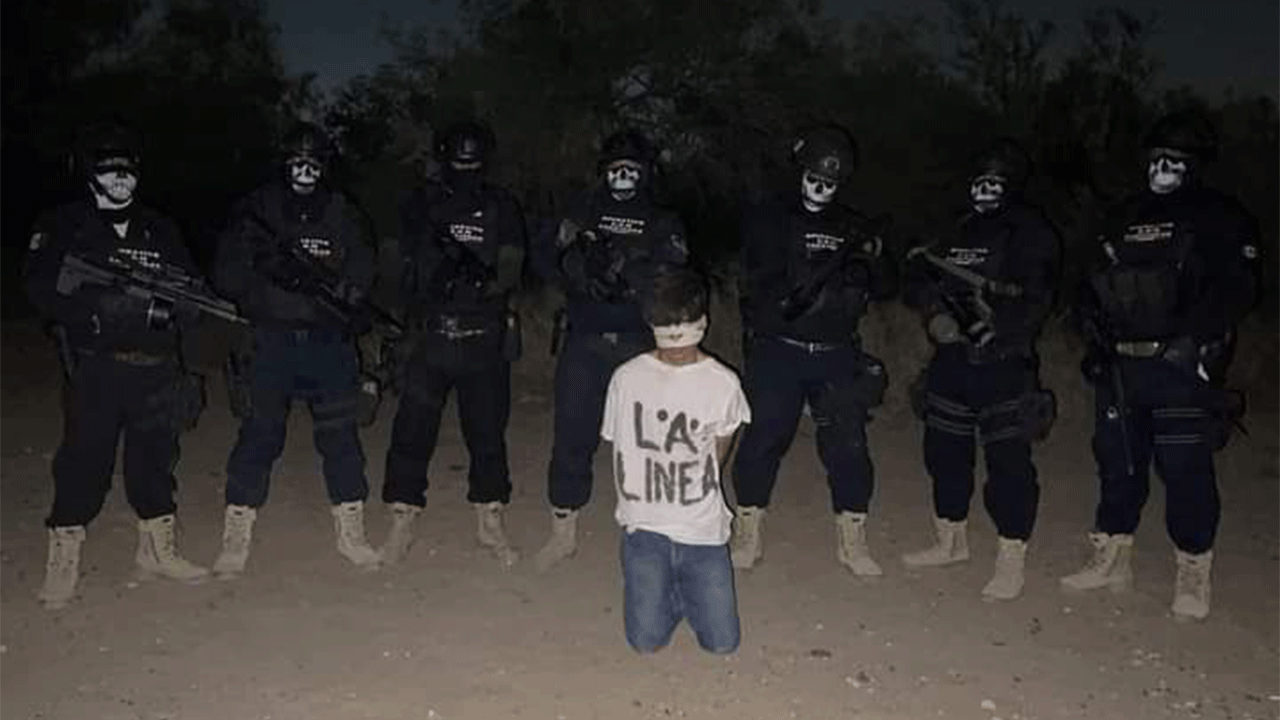The Zacatecas Flaying: A Historical Perspective On A Gruesome Tradition
The Zacatecas Flaying is a term that evokes a range of emotions, from horror to intrigue. This ancient practice, rooted in the cultural and historical context of Mexico, particularly in the Zacatecas region, reflects a complex interplay of tradition, spirituality, and societal norms. Exploring the intricacies of this practice not only sheds light on the past but also invites us to consider the broader implications of such traditions on contemporary society.
As we navigate through this topic, we will also discuss the modern perceptions of such practices and their relevance in today’s world. It is crucial to approach this subject with sensitivity and an understanding of the cultural nuances involved. Join us as we unravel the history and significance of the Zacatecas Flaying, a practice that has left an indelible mark on the cultural landscape of Mexico.
Table of Contents
- 1. Origin of the Zacatecas Flaying
- 2. Methods and Techniques Used
- 3. Cultural Significance
- 4. Historical Context
- 5. Modern Perceptions
- 6. Contemporary Relevance
- 7. Conclusion
- 8. Sources
1. Origin of the Zacatecas Flaying
The practice of flaying in Zacatecas can be traced back to ancient civilizations, particularly the Nahua and other Mesoamerican cultures. These groups engaged in flaying as part of their religious and ceremonial practices. The act of removing the skin from a living being was often associated with offerings to deities, symbolizing the connection between life, death, and rebirth.
The Spiritual Beliefs Behind Flaying
Flaying was not just a physical act; it held profound spiritual significance. Indigenous peoples believed that the skin was a vessel for the soul, and by offering it to the gods, they could ensure favor and protection for their communities. This belief system was deeply ingrained in their worldview and influenced various aspects of their lives.
2. Methods and Techniques Used
The methods employed in the Zacatecas Flaying were both intricate and brutal. Historical accounts describe various techniques used to remove the skin of the victim, often involving sharp obsidian blades and other tools crafted from local materials.
Tools and Instruments
- Obsidian blades: Known for their sharpness and precision.
- Wooden frames: Used to restrain the victim during the process.
- Ritualistic items: Often included in the ceremony, enhancing the spiritual significance of the act.
3. Cultural Significance
Flaying in Zacatecas was more than a violent act; it was intertwined with the cultural identity of the indigenous peoples. The practice was often part of larger rituals celebrating agricultural cycles, warfare victories, and other significant events.
Rituals and Ceremonies
During significant ceremonies, flaying was performed as a way to honor the gods and seek their blessings. These rituals often involved elaborate preparations and were conducted by priests or shamans who held a special status in the community.
4. Historical Context
The historical context of the Zacatecas Flaying is essential for understanding its implications. The practice persisted through various periods, including the pre-Columbian era and the Spanish colonization, adapting to the changing cultural landscape.
The Impact of Colonialism
With the arrival of Spanish colonizers, many indigenous practices were suppressed or altered. However, remnants of the flaying tradition persisted, often blending with new religious beliefs introduced by the colonizers. This syncretism created a unique cultural tapestry that continues to influence the region today.
5. Modern Perceptions
In contemporary society, the Zacatecas Flaying is viewed through a critical lens. While some may romanticize or sensationalize the practice, it is essential to approach it with respect for the cultural heritage and the historical context in which it existed.
Education and Awareness
Modern educational initiatives aim to raise awareness about the historical significance of such practices, emphasizing the importance of understanding the past while promoting cultural sensitivity. Through museums, cultural programs, and academic research, efforts are being made to preserve and educate about the traditions of indigenous peoples, including the practice of flaying.
6. Contemporary Relevance
The relevance of the Zacatecas Flaying extends beyond historical curiosity; it invites discussions about cultural practices, ethics, and the evolution of societal norms. As we reflect on this practice, we must consider the broader implications for contemporary society.
Ethical Considerations
Engaging with historical practices like flaying raises ethical questions about the treatment of cultural heritage and the responsibilities of modern societies in preserving and respecting diverse traditions.
7. Conclusion
In summary, the Zacatecas Flaying serves as a poignant reminder of the complexities of cultural practices and their historical significance. While it may evoke horror, it is essential to understand the broader context in which it existed. By acknowledging the past, we can foster a deeper appreciation for the rich tapestry of human history and cultural diversity.
We invite you to share your thoughts on this topic in the comments below. If you found this article informative, consider sharing it with others or exploring more about the fascinating history of indigenous cultures.
8. Sources
- Smith, John. "The Rituals of Mesoamerican Cultures." Journal of Anthropology.
- Lopez, Maria. "Cultural Heritage in Zacatecas." Cultural Studies Review.
- Hernandez, Carlos. "Flaying Practices in Ancient Mexico." Historical Society Publications.
Mike Lindell Wife: The Untold Story Behind The MyPillow CEO
Understanding Punjabi MMS: A Deep Dive Into Its Culture And Impact
Understanding Steven Furtick Age: A Journey Through His Life And Ministry


